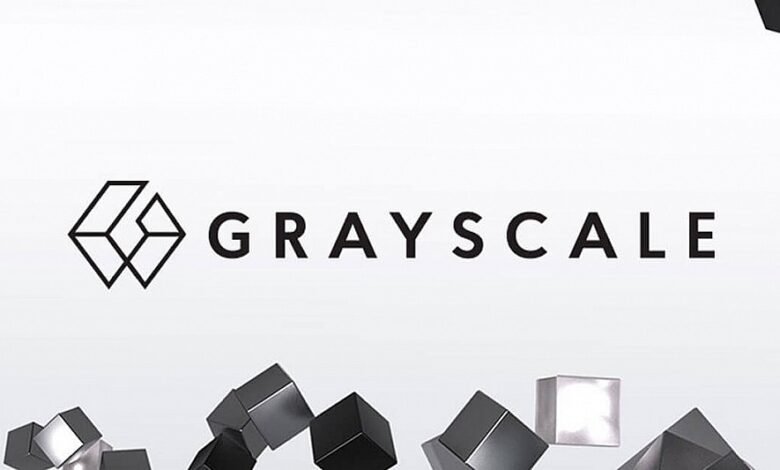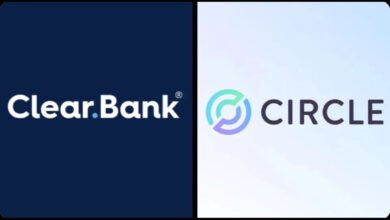How Grayscale Brings Crypto Staking Rewards to Investors

The worlds of traditional finance and crypto are now coming together. For years, Wall Street has always focused on old-style finance and clear rules. The crypto industry grew around decentralized systems with changing regulations.
Now, Grayscale Investments, a large digital asset manager, has launched a new type of investment, the first publicly traded fund built around crypto staking. This signals a key stage in combining the crypto and traditional finance industries, giving regular investors a clear path to access the growth potential of crypto staking.
Bridging Crypto Yield and Traditional Investment
Crypto staking is actually a simple process. It involves setting aside coins like Ether or Solana to help secure public blockchain networks. In return, participants earn rewards, very much like earning interest, for supporting the network’s function. Unlike Bitcoin’s energy-heavy mining process, staking systems are much more energy-efficient. They rely on committed capital and good validator performance instead of raw computing power.
Historically, most large investors just bought and held tokens for price gains. Operating staking nodes demands a lot of capital and advanced technical skills. Furthermore, it also carries risks like network penalties and complex custody challenges. On top of that, many countries lack clear rules about how staking rewards should be taxed.
Grayscale has played a central role in bringing crypto to institutional investors. Founded in 2013, the firm manages over thirty-five billion dollars in digital assets. Now, its staking products bring blockchain rewards into traditional financial structures. The firm provides regulated, easy-to-use products that let investors access crypto without handling wallets or operating nodes.
By working with reliable custodians and a network of validators, Grayscale offers a secure, compliant way to participate in staking, making it a straightforward investment option for institutions and individuals.
The ETP Structure and Associated Risks
This turning point follows recent shifts in market oversight and competition. Specifically, the US Securities and Exchange Commission gave new guidance in May 2025. The guidance confirmed that custodial staking can operate within existing securities laws if handled by regulated custodians through transparent structures. This change has made it easier for staking to be included in exchange-traded funds.
Grayscale’s products include the Ethereum Trust (ETHE), Ethereum Mini Trust (ETH), and Solana Trust (GSOL), all of which now support staking. These are the first US-listed products to mix spot crypto exposure with staking rewards. Each fund features a distinct reward setup. ETHE pays rewards directly to the investor.
Meanwhile, ETH and GSOL add the rewards to the fund’s net asset value. This slowly increases the share price over time. Therefore, investors receive a net yield after all custodian and sponsor fees are deducted.
Operationally, Grayscale works with professional custodians and multiple validator partners to handle staking, which helps reduce risks such as slashing events or validator downtime. Notably, the firm quickly staked about 32,000 ETH (about $150 million) after activating the feature. This was equal to about one hundred fifty million dollars. This move made it the first US fund to offer staking income via a US-listed spot product.
In conclusion, Grayscale’s staking funds let investors earn income from crypto while opening new opportunities. While rules for these ETPs are still developing and challenges like validator performance remain, the move marks an important step in connecting crypto with traditional finance, offering a more structured and yield-focused option for investors.
Also Read: Arthur Hayes Seeks $250M Fund for Crypto Firm Buyout




